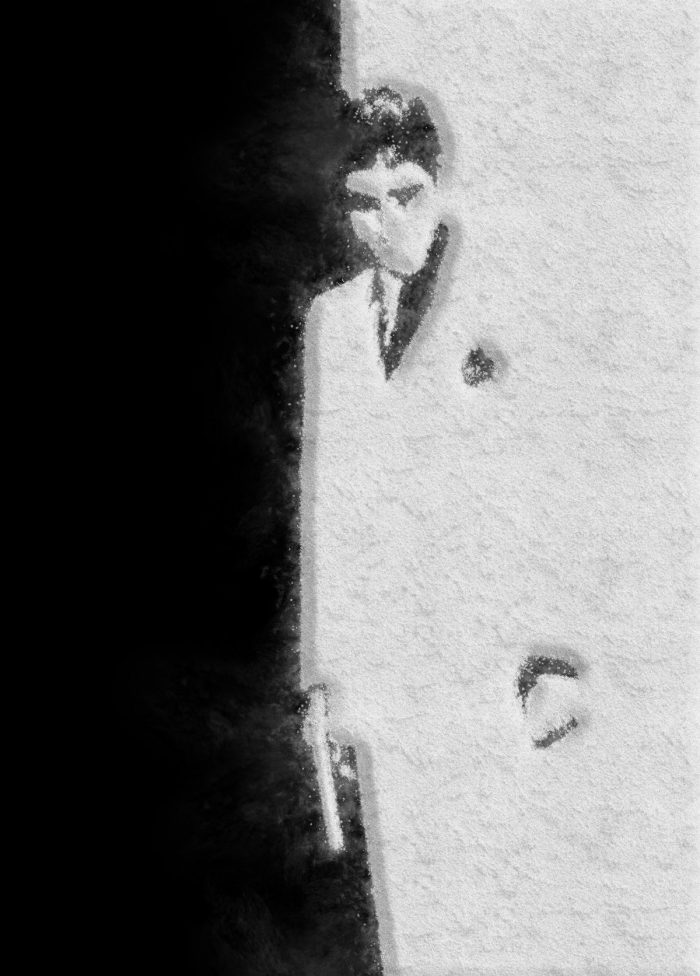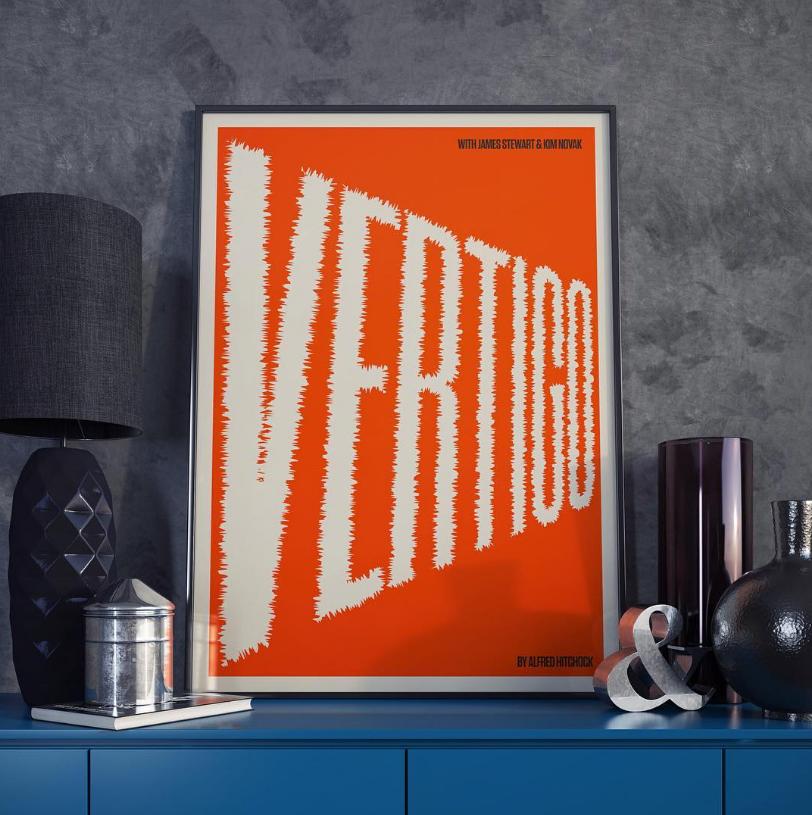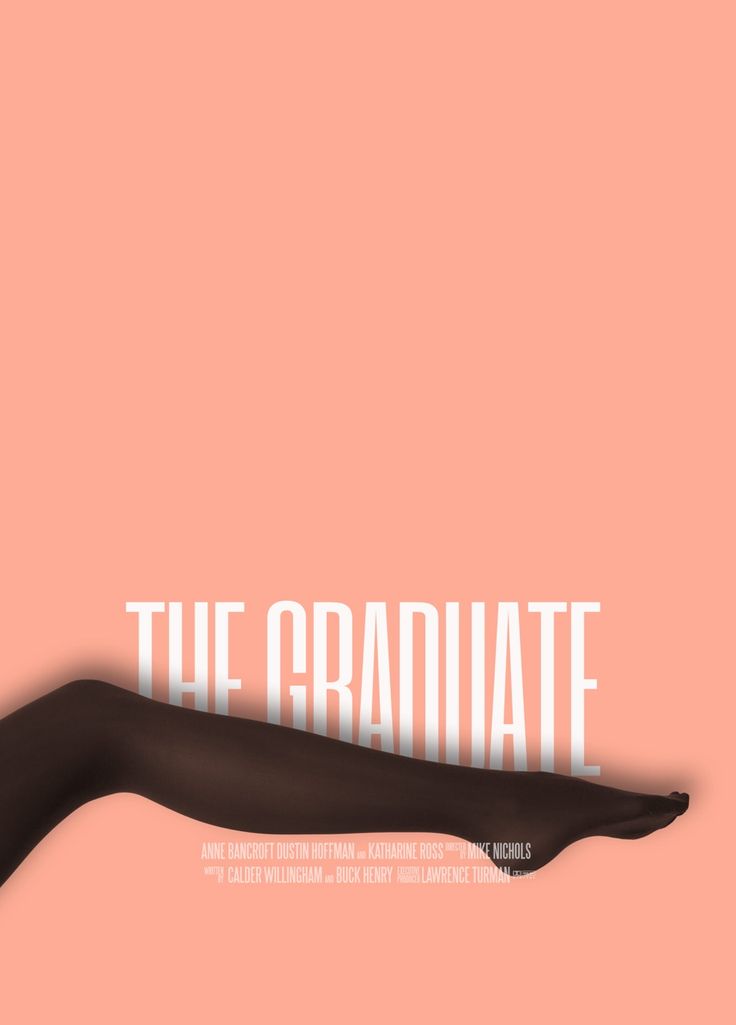Smack in the middle of Pink Floyd’s classic Dark Side of the Moon sits a song many listeners may hear as an extended bridge between the two true centerpieces, “Time” and “Money.” But I’ve always thought of “The Great Gig in the Sky” as the album’s true center, a swirling, swinging, soulful prog-rock masterpiece, carried to stratospheric heights by British singer Clare Torry. The song’s wordless gospel vocal makes it an ecstatic, even hopeful, tent pole supporting Dark Side’s brilliantly cynical songs about the banality and injustice of modern life.
“The Great Gig in the Sky,” that is to say, provides much-needed emotional release in an album that can sound, writes Alexis Petridis, “like one long sigh.” Yet if you know the story of Dark Side of the Moon and of Clare Torry’s defining contribution, you’ll know that her incredible soaring vocal was sheer happenstance, an improvisation by a young unknown singer brought in at the last minute by producer Alan Parsons—and one who wasn’t a particular fan of the band. (“If it had been The Kinks,” she remembered, “I’d have been over the moon.”)
Torry reluctantly stepped into the studio and asked the band, “’Well, what do you want?’” Basically, she says, “they had no idea.” An early instrumental mix of the song from 1972 (top), foregrounds Nick Mason’s propulsive drums, Richard Wright’s Hammond organ, and samples from Apollo 17 transmissions. (These were replaced in the final version with a snippet from conservative writer Malcolm Muggeridge.)
When Torry went into the vocal booth and put on the headphones, she would have heard an even more stripped-down mix. Given no other instruction than “we don’t want any words,” she decided, “I have to pretend to be an instrument.”
Torry’s vocal is so distinctive that she eventually won a settlement in 2004 for a co-songwriting credit with Wright—an outcome some songwriting experts agree was fully justified since she essentially created a new melody for the song. In the interview above, hear Torry describe how she “had a little go” and, after some guidance from David Gilmour and a can of Heineken, casually knocked out one of the most thrilling vocal performances in rock history.
Related Content:
Watch Documentaries on the Making of Pink Floyd’s Dark Side of the Moon and Wish You Were Here
Dark Side of the Rainbow: Pink Floyd Meets The Wizard of Oz in One of the Earliest Mash-Ups
Pink Floyd’s “Echoes” Provides a Soundtrack for the Final Scene of Kubrick’s 2001: A Space Odyssey
Josh Jones is a writer and musician based in Durham, NC. Follow him at @jdmagnessd







